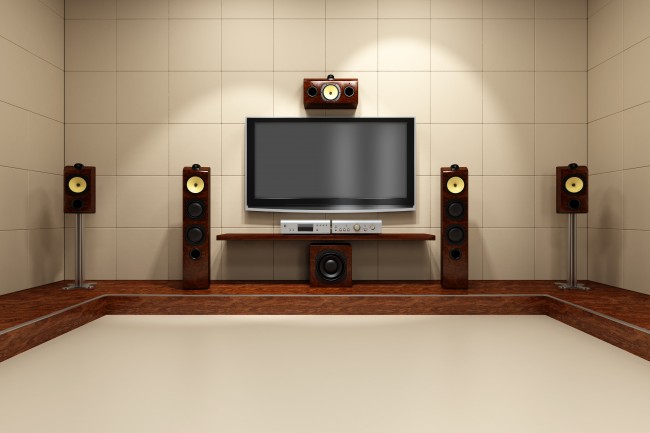There’s nothing more epic than watching V For Vendetta or Batman or Disney’s Frozen on your iPhone, right? Get real. There are times when you can get away with watching movies like these on a dinky screen, but really, you want to experience the full effect on a large T.V.
Most people these days are also using programs and websites like http://youtubedownload.altervista.org/ to download their favorite videos from YouTube so that they can burn them to a DVD and watch them on the big screen. Just a warning: if you decide to do this, remember to respect IP.
Anyway, what these programs do is convert YouTube videos from embedded videos to video files that reside locally on your hard drive. From there, users have multiple options for DVD burning. But, many people still watch YouTube on their mobile device because they don’t own a smart TV that accesses YouTube directly.
Fortunately, you don’t have to suffer with your first-world problems. Just connect your small device to a bigger one.
Determine If You Need a Dock
Some computers require you to have a docking station to connect to a T.V. For example, some of the Lenovo computers out there use a proprietary mini display port connector that doesn’t play well with any known T.V. out there on the market. Very clever Lenovo. So, you have to dock your computer to the docking station sold by Lenovo, and then you have to connect that docking station to the computer. Alternatively, you can get an adapter to run from the mini-display port to a more conventional DVI connection, and then run A/V cables for sound.
The good news is that a direct connection is really fast and you shouldn’t have any problems once you’re all set up.
Docking the computer is as simple as putting the computer into the doc and then checking to make sure the screen mirrors over to the T.V. You will have to control the videos using the laptop but, if you don’t mind getting up periodically to do that, then this is a simple solution.
Determine Your Connection Options
Not all computers need a docking station for practical computer-to-device connection. Some devices can connect directly with AV cables, S-Video, HDMI or component cables. Of these, the HDMI will give you the best connection, picture, and video quality. S-Video will give you the second-best.
If your T.V. does not support HDMI (if you have an older T.V., it probably doesn’t), then you’ll need to resort to using A/V cables with either a DVI or S-Video connection. If your T.V. is ancient, then an RF modulator will be only way forward.
This setup is at the extreme end of the continuum, but it works. Connect your computer to the RF modulator, and then run a coaxial cable from the modulator to the back of the T.V. set.
Apple TV or Roku or Chromecast?
Apple TV is one of the best devices on the market for connecting your Mac to your T.V. Rather than relying on a wired connection, Apple TV uses Apple’s Airplay technology to beam whatever is on your computer to the T.V.
The Apple TV connects to your T.V. set using an HDMI cable. From there, you can either access files on your computer using your Mac, iPad, or iPhone, or you can use Apple TV to connect directly to Netflix, iTunes, and many other channels.
Roku and Chromecast are other players in this space that offer non-Apple users similar functionality, with Roku giving users a lot more control over the channel and viewing options. Chromecast is Google’s entry into this arena and, while early reports are positive, it remains to be seen whether Google’s low-cost (lower than either the Apple TV or Roku) can truly compete here.
Use VGA
VGA may be the dinosaur of connections, but it still works and it’s the only way some older computers can connect to T.V.s or larger screens. The VGA connection is on most T.V.s made within the last 10 years, so you’re probably in luck if you have a newish T.V., but not so new that it’s HDMI compatible.
It’s also a connection that’s closely associated with a lot of older computer monitors. With this connection, you’re only going to get video, so you’ll need a solution for audio.
Use DVI
DVI transfers picture only, so make sure you have a solution for audio. When using this setup, you will likely use A/V cables for the sound, obviously only using the audio cables as you already have video covered. DVI gives you high definition video, so it’s the clear winner in terms of picture when compared to VGA.
Your other option for audio is optical cable, but those can run you upwards of $100 for just a few feet.
Use HDMI
HDMI is the all-in-one solution most people use when they have a modern T.V. and a computer with an HDMI cable output. This cable transfers both audio and video, so you won’t need anything additional to get epic sound and stunning HD video.
Lara Duncan has a knack for technology. After years of manipulating wires, monitors, and plug-ins, she greatly enjoys blogging about making entertainment technology work for you.






